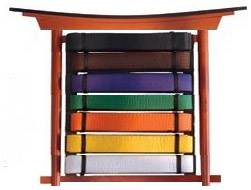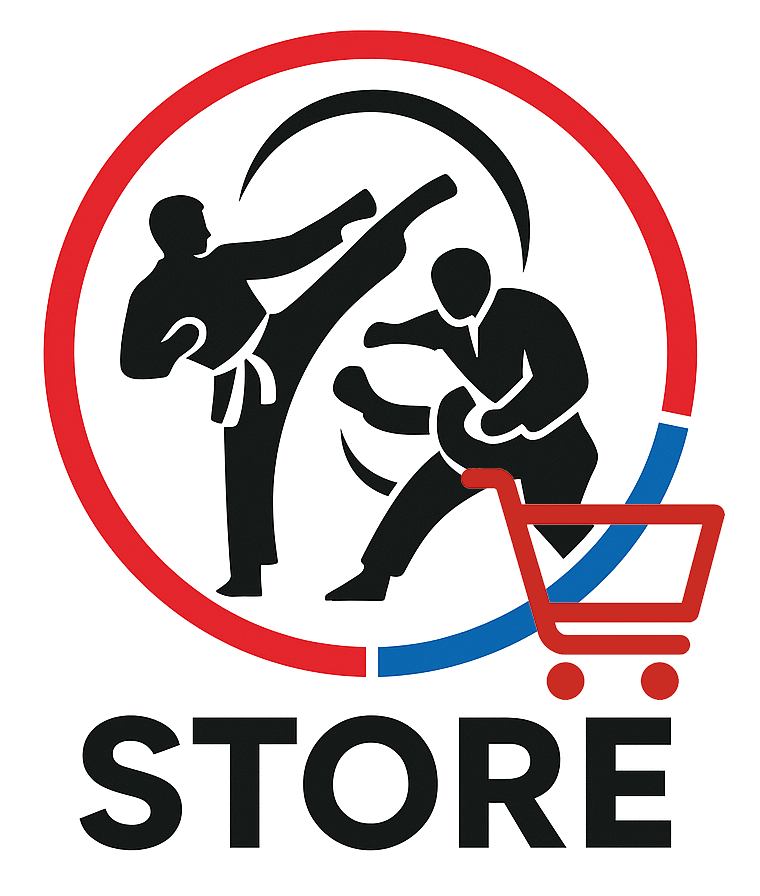1. What is Silvera Karate?
Silvera Karate offers a wide variety of techniques which is the result of blending styles of martial arts, from the hardest to the softest:
- Shotokan karate; developed by Gichin Funakoshi (1868–1957) and his son Yoshitaka Funakoshi (1906–1945).
- Ryokukai Karate; developed from various Japanese Karate styles by Katzumi Niikura Sensei (1943–present)
- Ryokukai Aikido; this martial art utilizes an opponent's momentum to cause imbalance resulting in the opponent being rendered harmless.
- Iai-jutsu; this art of drawing the Japanese sword, katana, is one of the Japanese koryū martial art disciplines in the education of the classical warrior (bushi)
- Judo and JuJitsu; it involves using holds and leverage to unbalance and control the opponent.




 Silvera Karate uses 5 colored belts and the black belt - a total of 7 belts. Colored belts are given the classification of Kyu, which means level. The black belt is classified by the term Dan, meaning degree of advancement. There are 10 Dans (or 10 degrees) within the black belt classification.
Silvera Karate uses 5 colored belts and the black belt - a total of 7 belts. Colored belts are given the classification of Kyu, which means level. The black belt is classified by the term Dan, meaning degree of advancement. There are 10 Dans (or 10 degrees) within the black belt classification.














